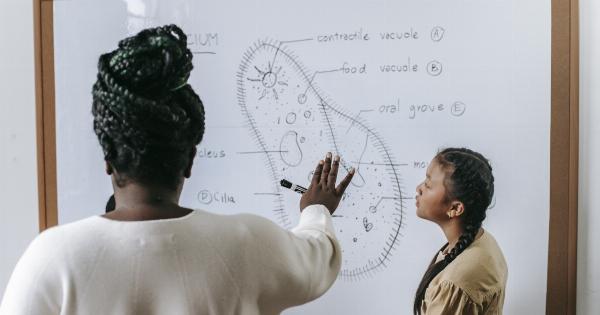Muscle loss, also known as sarcopenia, is a common consequence of aging. As people get older, their muscles gradually weaken and lose mass, leading to a decline in strength, balance, and mobility.
This decline in muscle mass can significantly impact the quality of life and increase the risk of falls and fractures.
Fortunately, hormone therapy has emerged as a promising approach for muscle preservation and combating sarcopenia. Hormones play a crucial role in regulating muscle growth, maintenance, and repair.
By optimizing hormone levels, it is possible to slow down the loss of muscle mass and even promote muscle growth.
The Role of Testosterone
Testosterone is the primary male sex hormone, but it is also found in smaller amounts in women. It plays a crucial role in building and maintaining muscle mass and strength.
As people age, testosterone levels naturally decline, leading to muscle loss and other age-related changes.
Testosterone replacement therapy (TRT) involves the administration of exogenous testosterone to restore levels that are associated with optimal muscle function.
Research has shown that TRT can increase muscle mass, strength, and physical performance in both men and women. It can also improve bone density, energy levels, and overall well-being.
Although TRT can be highly effective, it is important to note that it should be prescribed and monitored by a healthcare professional. Hormone levels should be regularly checked to ensure safety and appropriate dosing.
Growth Hormone and Insulin-like Growth Factor 1 (IGF-1)
Growth hormone (GH) is another hormone that plays a vital role in muscle preservation and growth.
It stimulates the liver to produce insulin-like growth factor 1 (IGF-1), a hormone that promotes muscle protein synthesis and inhibits muscle protein breakdown.
Supplementation with growth hormone or IGF-1 has been found to increase muscle mass, improve muscle strength, and enhance exercise performance. However, the use of these hormones for muscle preservation is not without controversy.
It is important to note that the use of growth hormone and IGF-1 for muscle preservation is currently only approved for specific medical conditions and should be prescribed and monitored by a healthcare professional.
Other Hormones and Strategies
Beyond testosterone and growth hormone, there are other hormones and strategies that can be beneficial for muscle preservation.
Estrogen
Estrogen, the primary female sex hormone, has been shown to play a role in maintaining muscle health. In postmenopausal women, estrogen levels decline significantly, leading to an increased risk of muscle loss.
Hormone replacement therapy (HRT) with estrogen has been found to preserve muscle mass and strength in postmenopausal women.
Selective Androgen Receptor Modulators (SARMs)
Selective androgen receptor modulators (SARMs) are a class of drugs that selectively stimulate androgen receptors in muscle and bone tissue without affecting other organs.
They have the potential to increase muscle mass and strength, making them a promising option for muscle preservation.
Nutrition and Exercise
In addition to hormone therapy, proper nutrition and exercise play a crucial role in muscle preservation.
Adequate protein intake is essential for muscle protein synthesis, while resistance training helps stimulate muscle growth and prevent muscle loss.
It is important to consult with a healthcare professional or registered dietitian to develop an appropriate nutrition and exercise plan tailored to individual needs.
Conclusion
Hormone therapy offers a promising approach for muscle preservation and combating sarcopenia.
Testosterone replacement therapy, growth hormone supplementation, and other hormone-based strategies can help slow down muscle loss, promote muscle growth, and improve overall well-being. However, it is essential to seek professional advice and guidance to ensure safety and optimal results.





























